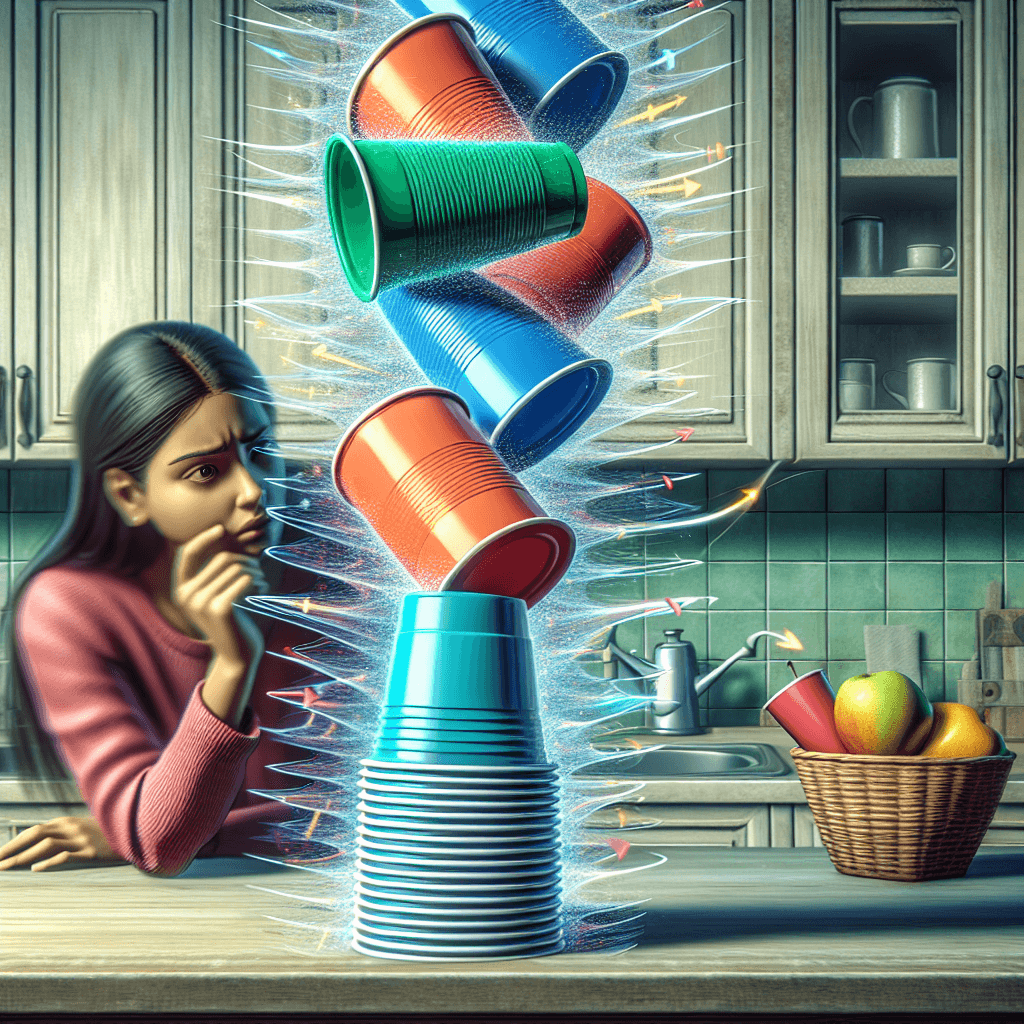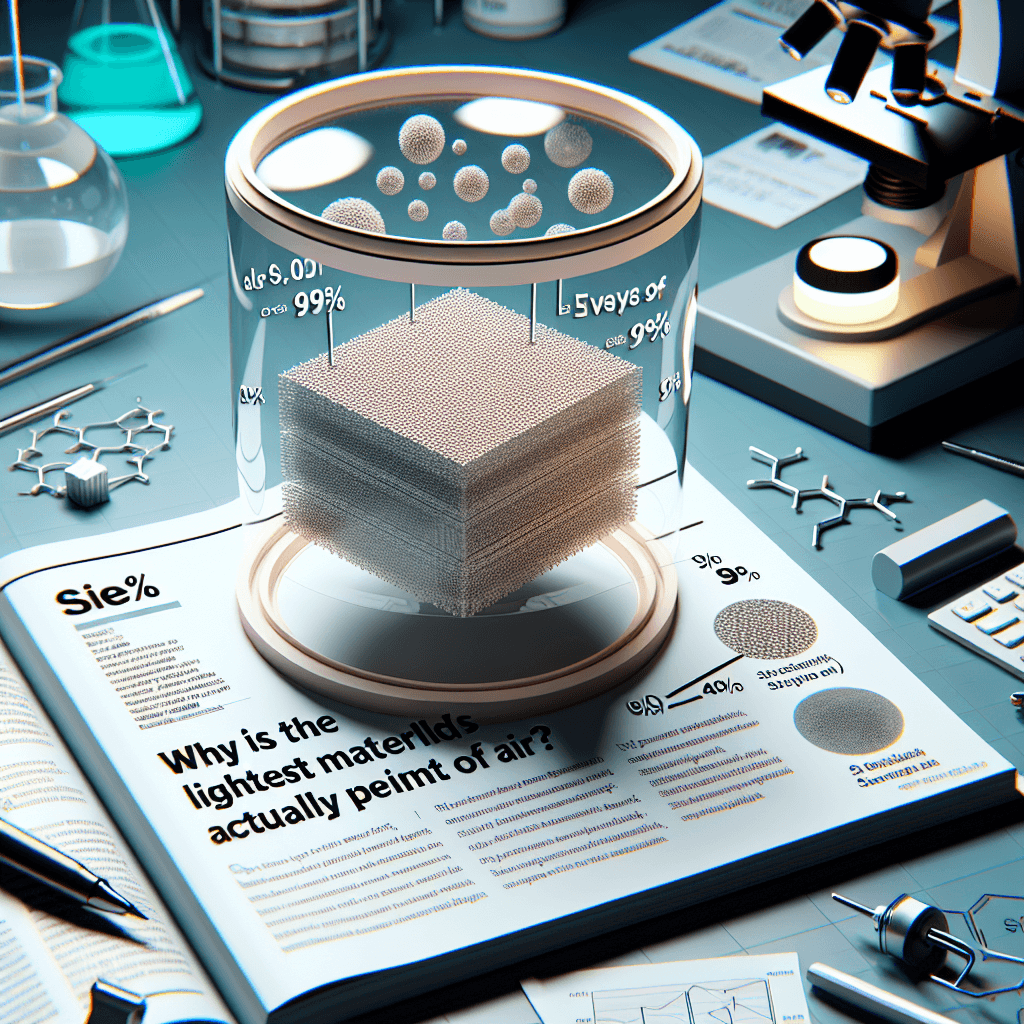Why do stacked plastic cups sometimes get so impossibly stuck together
That stubborn stack of plastic cups isn't just stuck; it's being held hostage by a powerful vacuum and the simple laws of physics.


Too Long; Didn't Read
TLDR: Stacking cups traps air, creating a vacuum seal from the pressure difference between the inside and outside. Their tapered shape and surface friction then wedge them together, making them very difficult to separate.
The Unstackable Stack: Why Do Plastic Cups Get So Impossibly Stuck Together?
We’ve all been there. You’re setting up for a party or a picnic, you grab the stack of plastic cups, and the top one refuses to part from its neighbor. You pull, you twist, you wrestle, and suddenly you're in a surprisingly intense battle with a flimsy piece of plastic. This common frustration isn't just a random annoyance; it’s a perfect, real-world demonstration of several powerful scientific principles at play. This post will delve into the physics behind why those seemingly simple cups form such a powerful bond, transforming your party prep into an unexpected science lesson.
The Main Culprit: Air Pressure and the Vacuum Effect
The number one reason your cups are locked in a stubborn embrace is atmospheric pressure. While it feels like nothing, the air around us is constantly pushing on everything with a force of about 14.7 pounds per square inch at sea level. Usually, this pressure is balanced, with air pushing on an object from all sides equally. However, when you stack plastic cups, you change that equation.
When one cup is placed inside another, a small pocket of air is trapped between them. If the cups are squeezed together—which often happens during shipping, storage, or even just by stacking them firmly—some of that trapped air is forced out.
Later, when the external pressure is released, the flexible plastic walls of the cups try to return to their original shape. This causes the small pocket of remaining air to expand into a slightly larger volume, leading to a drop in its pressure. Now, the atmospheric pressure pushing on the outside of the cups is significantly greater than the low pressure pushing from the inside. This imbalance creates a partial vacuum that effectively suctions the cups together. It's the same principle that makes a suction cup stick to a window.
A Gripping Tale: The Role of Friction
Air pressure is the primary force, but it has a powerful partner: friction. While plastic cups may look perfectly smooth, their surfaces are covered in microscopic peaks and valleys. When two cups are pressed together, these tiny imperfections interlock, creating static friction that resists any attempt to pull them straight apart.
The tapered cone shape of the cups makes this problem even worse. To separate them, you have to pull the inner cup up and out, dragging its entire surface against the inner wall of the outer cup. This maximizes the surface area in contact and, therefore, the total frictional force you have to overcome. A simple straight pull is often no match for the combined power of a vacuum seal and widespread friction.
More Than Surface Deep: Molecular Forces and Manufacturing
Two other factors add to the stickiness:
- Van der Waals Forces: On a molecular level, weak electrostatic attractions known as Van der Waals forces exist between the molecules of the two cups. While this force is very weak compared to the vacuum effect, it contributes to the overall "stickiness," especially when the cups are very clean and pressed tightly together.
- The Manufacturing Process: Cups often get stuck right at the factory. They come off the production line warm and are immediately stacked. As they cool down in a tight stack, the air trapped between them also cools and contracts, creating the perfect conditions for a strong vacuum seal to form from the very beginning.
How to Win the Battle: Tips for Unsticking Cups
Now that you know the science, you can use it to your advantage. Don't just pull harder; work smarter.
- Twist, Don't Pull: Twisting the cups helps break the static friction between the surfaces. By rotating them, you can dislodge the microscopic imperfections that have locked together.
- Introduce Air: The goal is to break the vacuum seal. Try to carefully slide a thin, stiff object like a credit card, a piece of paper, or even a fingernail between the lips of the cups to let air rush in and equalize the pressure.
- Use Temperature: Run warm water over the outer cup. This will cause it to expand slightly. At the same time, you can fill the inner cup with cold water, causing it to contract. This temperature-driven change in size is often enough to break both the friction and the vacuum seal.
Conclusion
That seemingly impossible bond between two plastic cups is not a flaw, but rather a fascinating consequence of physics. The combined forces of atmospheric pressure creating a vacuum, the tenacious grip of surface friction, and subtle molecular attractions work together to form a surprisingly strong connection. So, the next time you find yourself in a tug-of-war with a stack of party supplies, you'll know you’re not just fighting plastic—you're battling the fundamental laws of science. And now, you have the knowledge to outsmart them and easily claim your cup.
More Articles

Why is the world's lightest solid material actually made of ninety-nine percent air?
It looks like a piece of frozen smoke and feels almost weightless—discover the mind-bending science behind how this ghostly material gets its incredible strength from being almost entirely empty space.

Why does frost on a window form such beautiful, fern-like patterns?
It isn't magic painting your windowpane, but a beautiful quirk of physics. Discover how a single, invisible imperfection on the glass can bloom into an entire forest of icy ferns overnight.

How can a sea slug eat a jellyfish's stingers and then use them for its own defense?
This soft-bodied slug commits the perfect crime, eating a jellyfish's venomous stingers only to wield them as its own deadly defense.